
1. 由and和both…and连接的并列主语
Jim and Mary are both interested in it. 吉姆和玛丽都对此感兴趣。
Both brother and sister are college students. 兄妹俩都是大学生。
【注意】
(1) 当由and连接的两个并列主语受each, every, no的修饰时,谓语用单数:
Every boy and (every) girl likes the book. 每个男孩女孩都喜欢这本书。
No desk and (no) chair was seen in the room. 房间里不见桌椅。
(2) 当and连接两个数相加时,谓语动词可用单数或复数:
Six and eight makes [make] fourteen. 六加八等于十四。
(3) 当and连接的两个的词语指同一个人或事物时,谓语通常要用单数:
A cart and horse was seen in the distance. 远处看见一辆马车。
2. 由or, nor, either…or, neither…nor, not only…but also, not…but等连接的并列主语
此时谓语动词通常与最靠近的主语保持一致(即遵循就近原则)。如:
He or I am wrong. 不是他错了,就是我错了。
Either you or he has taken it. 不是你拿了就是他拿了。
Not only the children but also the mother wants to go. 不仅孩子们想去,母亲也想去。
Were you or he there? 当时是你还是他在那儿?
Are either you or he to blame? 是怪你还是怪他?
【注意】
在非正式文体中,个别结构(如neither…nor)连接主语时,谓语可用复数:
Neither his father nor his mother have [has] come. 他的爸爸和妈妈都没来。
3. 由as well as, as much as, rather than , more than, no less than 等连接的并连主语
此时谓语动词通常与前面一个主语保持一致。如:
The teacher as well as the students has read it 不仅学生读过它,老师也读过。
The teacher rather than the students is to blame. 应受责备的是老师而不是学生。










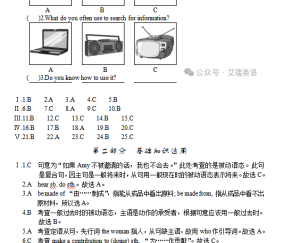
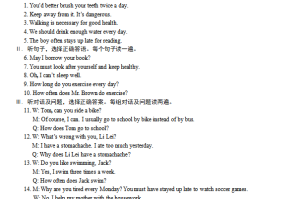


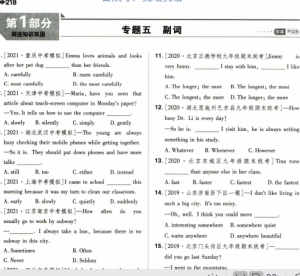
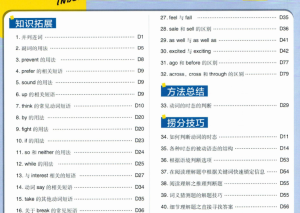
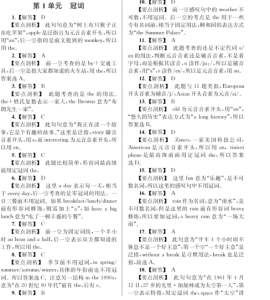
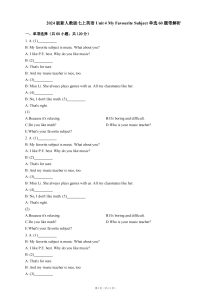


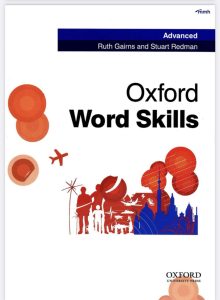
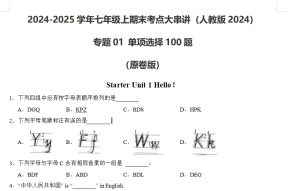
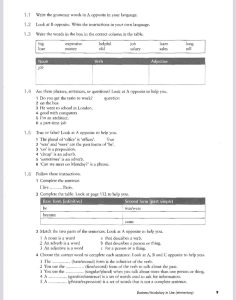


暂无评论内容